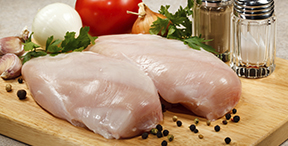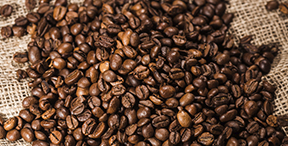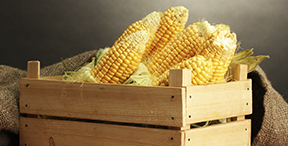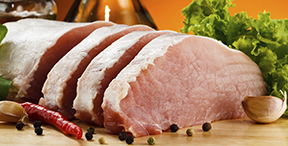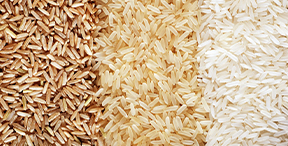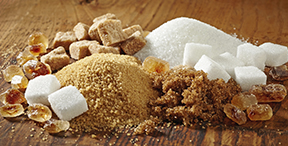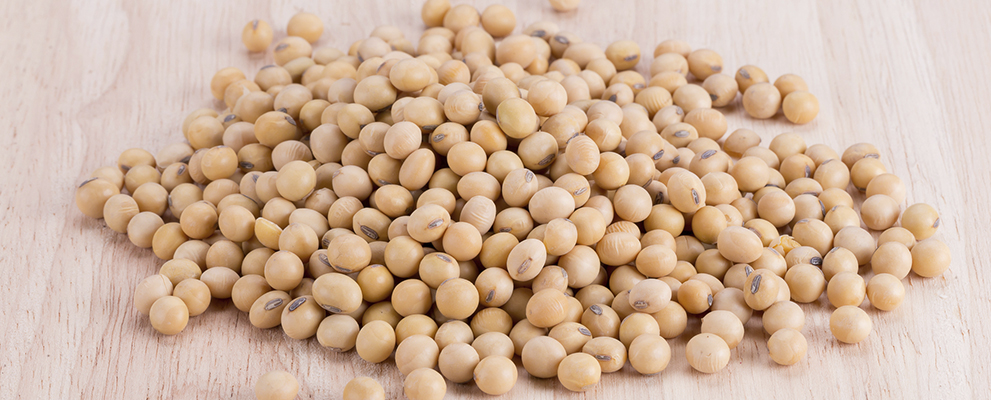
Brazilian Soybean Exports
Brazilian Soybean - Brazil is the second largest producer of soybeans after the United States. In the 2014/2015 crop, culture occupied an area of 31.57 million hectares, which totaled a production of 95.07 million tons. The average productivity of Brazilian soybeans was 3011 kg per hectare.
In the late 60, two internal factors did Brazil begin to see soy as a commercial product, a fact that later influence on the world stage production of the grain. At the time, wheat was the main South culture of Brazil and soybeans emerged as a summer option in succession to wheat. Brazil also initiated an effort for the production of pork and poultry, generating demand for soybean meal. In 1966, commercial production of soybeans was already a strategic necessity, and produced about 500 thousand tons in the country.
The explosion in soybean prices on the world market in the mid 1970s, further arouses the farmers and the Brazilian government itself. The country benefits from a competitive advantage over other producing countries: the flow of Brazilian harvest occurs in the American off-season when prices reach the highest prices. Since then, the country has to invest in technology to adapt the culture to Brazilian conditions, process led by the Brazilian Agricultural Research Corporation.
Investments in research led to "tropicalisation" soybean, allowing for the first time in history that the grain was successfully planted in low-latitude regions, between the Tropic of Capricorn and the equator. This achievement of Brazilian scientists revolutionized the world history of soy and its impact began to be noticed by the market from the end of the 80's and most notably in the 90s, when grain prices began to fall. Currently, the world leader in soybean production worldwide is the United States, Brazil, Argentina, China, India and Paraguay.
Get in Touch
For more information on buying or selling Brazilian Soybean or for asking for Buying Sourcing Services, Buyers Agent Services or for electing a Representative Buyer of foreign Trading Companies for Brazil.
Main Brazilian Soybean Types / Specification
Soybeans are a high protein plant food that people can prepare and eat in a variety of ways. They belong to the pea family. Soybeans come in many colors, including:
Green soybeans: Young green soybeans are also called edamame. People can steam them and eat them out of the pod as an appetizer. Shelled edamame is also available in salads, stir-fries, and soups.
Yellow soybeans: Producers typically use yellow soybeans to make soy milk, tofu, tempeh, and tamari. They also play a role in the production of soy flour for baking.
Black soybeans: Several Asian food cultures use simmered or fermented black soybeans in traditional dishes. Soy milk and cheese are also options for those looking to replace dairy in the diet.
Soybeans also provide soy oil, which people can use for cooking or as an ingredient. After removing the oil from soybeans, people can use the remaining material to make food for farm animals and pets. Some manufacturers make protein powder and isoflavone supplements from soy. Isoflavones are plant compounds that have a similar structure to estrogen.
In general, there are three types of soy: GM, conventional and organic. The first, in its production, offers several types of transgenic soybeans, which are currently being developed. The best known and commercially grown a plant that is received by means of biotechnology techniques, a gene from another organism able to make it tolerant to the use of a type herbicide glyphosate.
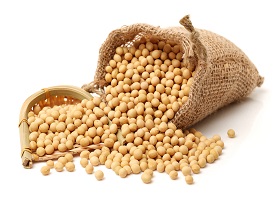
Soybean
| Protein: | 35.0% Min. |
|---|---|
| Moisture: | 13.5% Max. |
| Foreign Material: | 2.0% Max. |
| Oil Content: | 18.5% Min. |
| Kernels: | 3.0% Max. |
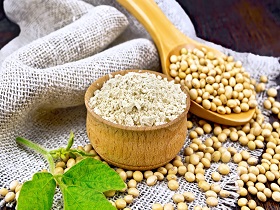
Soybean Meal
| Protein: | 46.0% Min. |
|---|---|
| Fat: | 7.0% Max. |
| Moisture: | 10.0% Max. |
| Fiber: | 8.0% Max. |
| Sand and Silica: | 2.0% Max. |
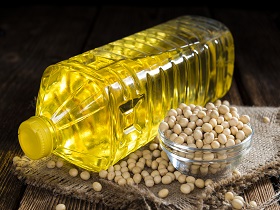
Soybean Oil
| Myristic: | 0.1% Max. |
|---|---|
| Palmitic: | 8.0 - 12.0% Max. |
| Palmitoleic: | 0.3% Max. |
| Margaric: | 0.1% Max. |
| Lignoceric: | 0.4% Max. |
Brazilian Soybean Export
Conditions
- Contract time: 12 to 60 months
- Departure: Port of Santos or other brazilian port
- Packaging: 50 KG bags
- Minimum: 12.500 MT and multiple
To request a quote:
- 1. Type of Soybean
- 2. Monthly Amount of MT
- 3. Contract Time (if not SPOT)
- 4. Country of Destination and Port
Essential documents to start trading commodities:
With your target price in hands or right after receiving and accepting the informed price of the commodity by seller, please, send us:
LOI with all this information: 1) Product 2) Product Specification 3) Country and Port of destination (If not FOB) 4) Quantity (in MT) 5) Time of Contract (if not SPOT) 6) Packaging (pack specification or bulk) 7) Other Mandatory Procedures 8) Target or accepted price 9) Payment Alternative (SBLC, DLC and other payment specifications) 10) Other details and requeriments 11) TOP 50 Bank Information (Bank, Address, Account Number, Holder and Bank contact) 12) Date, Address and Stamp of the purchasing company and director name and signature.
ICPO: The same information request for a LOI plus Proof of Funds (RWA or BCL).
Our team of buying and selling brazilian soybean is ready to serve you!
For more information on buying or selling Brazilian Soybean or for asking for Buying Sourcing Services, Buyers Agent Services or for electing a Representative Buyer of foreign Trading Companies for Brazil.











